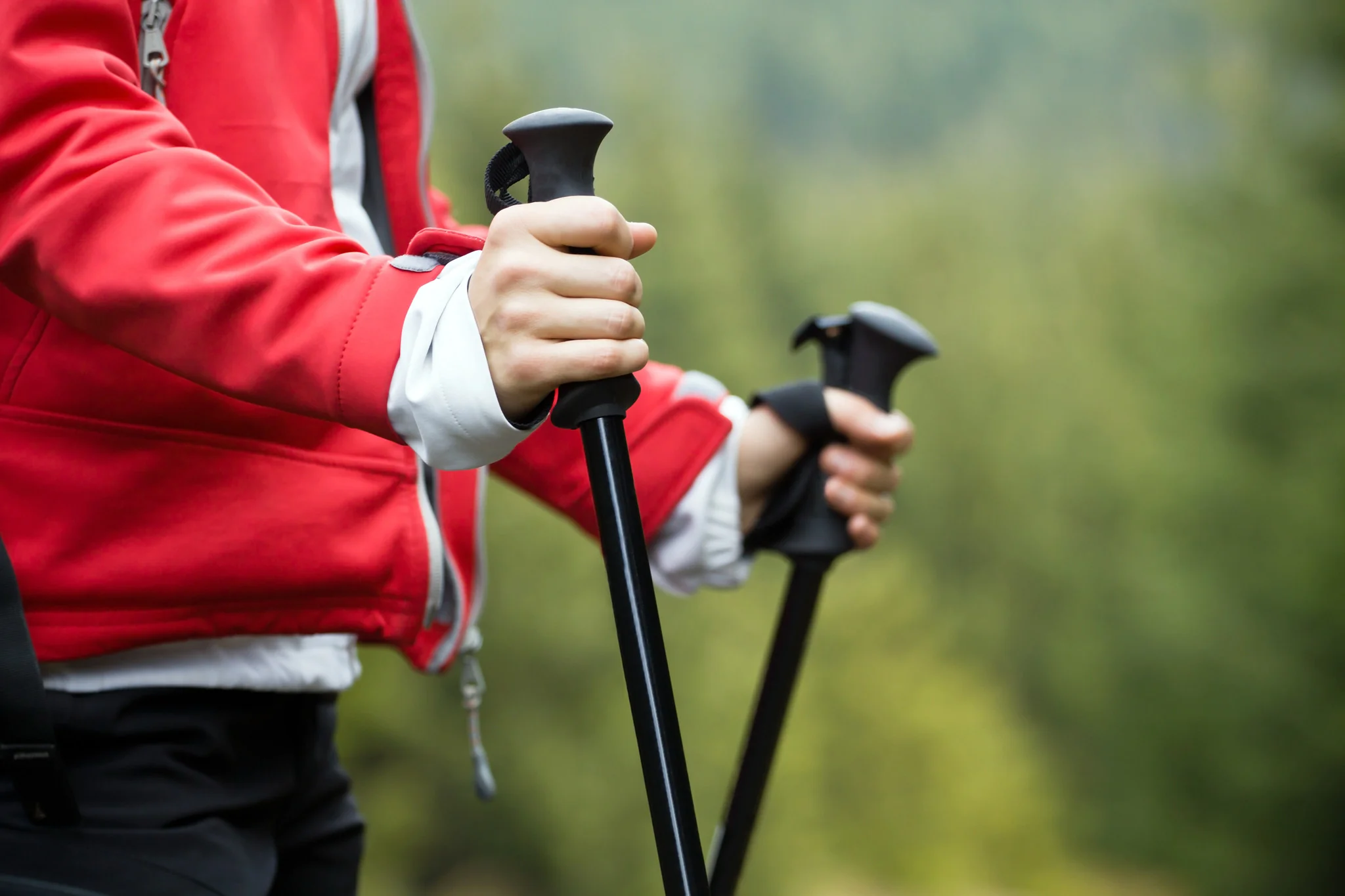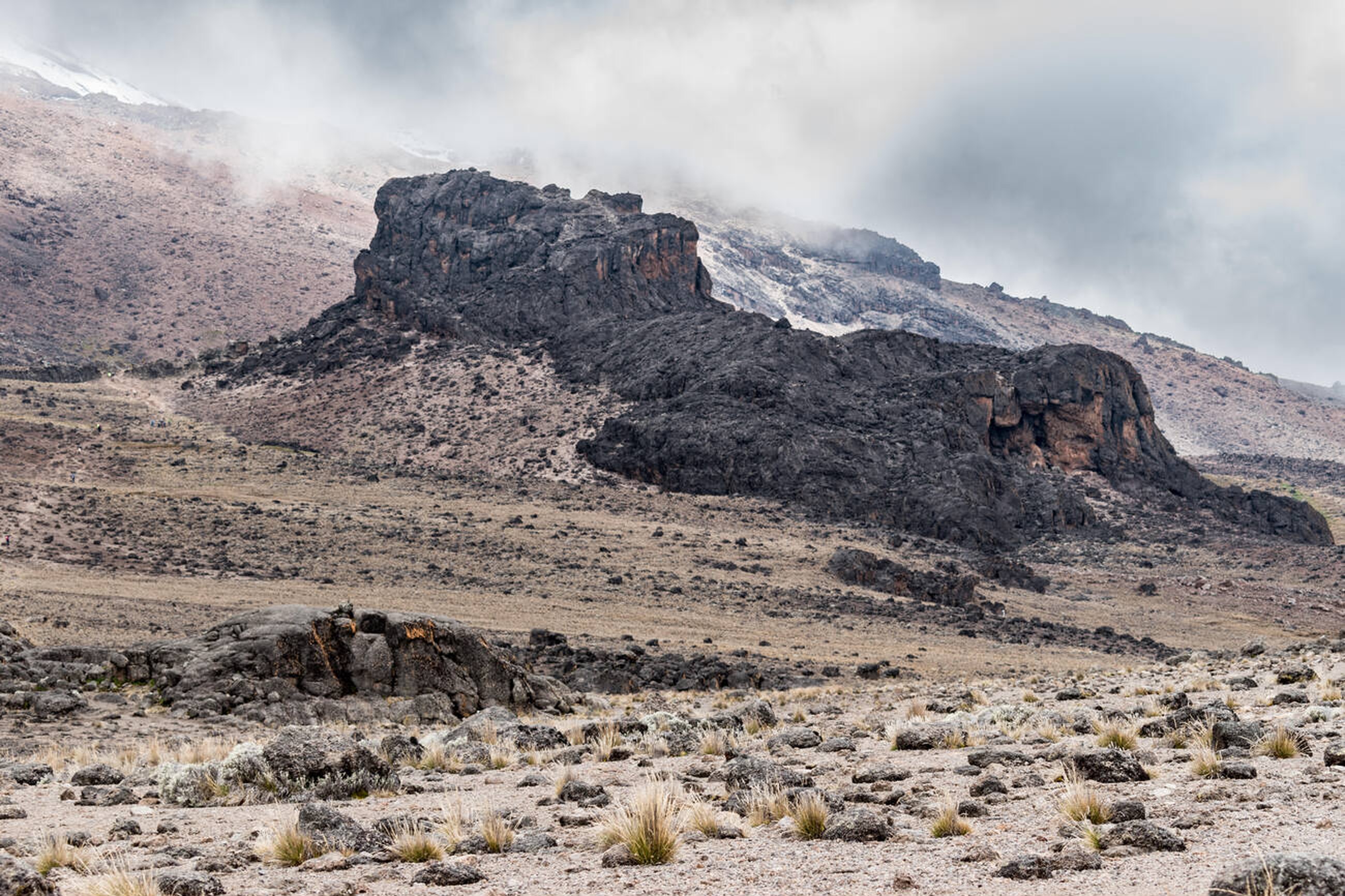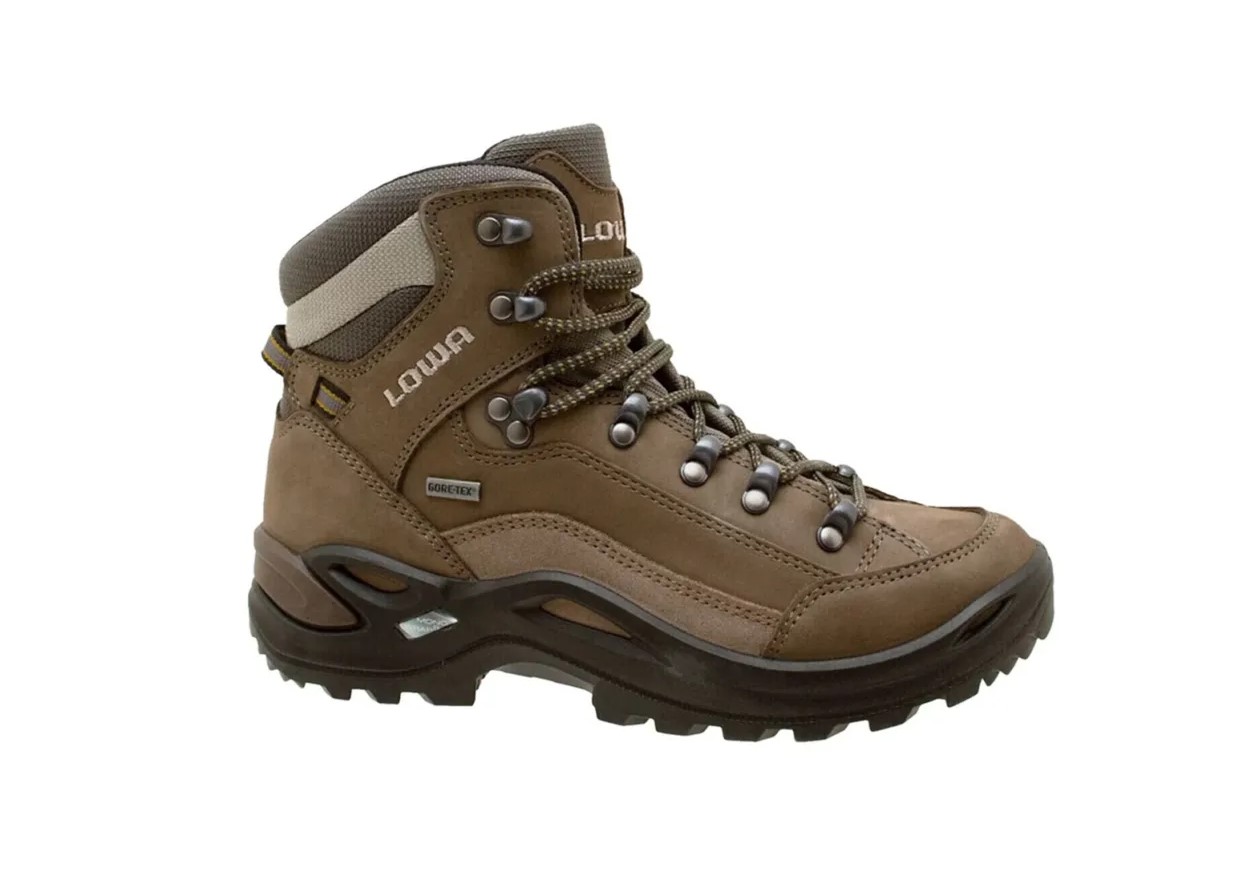Understanding Tipping After Your Kilimanjaro Climb
Tipping is a cherished tradition at the end of a Kilimanjaro expedition, reflecting gratitude for the hard work of guides, porters, and support crew who ensure a safe and memorable climb. While not mandatory, tips are a meaningful way to reward the team’s 24/7 dedication. This guide from Kilisherpas Travel explains appropriate tipping amounts, who receives them, and how we guarantee fair distribution to prevent misappropriation.
Why Tipping Matters
Tipping supports the local communities in Tanzania’s Kilimanjaro Region, where tourism is a primary income source. Porters, guides, and chefs undertake physically demanding tasks in a region with limited job opportunities. As Tanzania ranks 172nd out of 199 countries in welfare (per international financial data), tips significantly impact crew members’ livelihoods.
Kilisherpas Travel, the largest Kilimanjaro operator, sets industry-leading wages and ensures fair tip distribution. We’re committed to ethical practices, paying all taxes, supporting local economies, and adhering to KPAP (Kilimanjaro Porters Assistance Project) standards.
Expert Opinion: Tipping is a tradition rooted in fairness, rewarding the crew’s efforts in challenging conditions. It’s a direct way to uplift local communities.
Who Works on Kilimanjaro?
The Kilimanjaro crew includes:
- Guides: Lead the climb, conduct medical checks, and share expertise on flora, fauna, and culture.
- Porters: Carry up to 20kg of gear, food, and supplies, including water from lower altitudes (e.g., 2,296ft below Barafu Camp).
- Chefs: Prepare fresh meals for climbers and crew, meeting high caloric needs.
- Campmasters: Set up and dismantle tents, ensuring comfort and safety.
- Specialized Teams: Handle toilet maintenance, resupply fresh produce mid-climb, and clean up litter to protect the national park.
These roles require immense effort, often unseen by climbers, such as porters trekking 12 hours to deliver fresh food.
Recommended Tipping Amounts
Tips depend on the expedition type, reflecting the crew size and equipment needs:
- Classic Expedition: $300–600 per climber.
- Premium Expedition: $700–900 per climber (more porters for larger tents, portable toilets, showers, etc.).
The amount should reflect your satisfaction with the experience, not the tour cost. You may also give individual tips to crew members who provided exceptional service.
How Kilisherpas Travel Handles Tips
We prioritize transparency and fairness in tip distribution:
- Tip Submission: On descent day, you’ll receive an envelope and tip sheet to record your name, climb dates, total tip amount ($300-600 recommended for Classic expeditions), and any individual tips for specific crew members (e.g., guides, porters, chefs).
- Accepted Currencies: US dollars (only $50/$100 bills, post-2009, intact), euros, British pounds, or Tanzanian shillings.
- Secure Process: You seal the envelope and hand it to the chief guide, who delivers it to our office with a manager. Our accountant opens, counts, and reseals the envelope in their presence.
- Bank Transfers: Tips are deposited into crew members’ NMB bank accounts (each has an individual Kilisherpas ID) alongside salaries, ensuring full transparency.
- No Commission: Kilisherpas Travel takes no cut—100% of tips go to the crew. We cover all banking fees and formalities.
- Public Records: A tip sheet is displayed in our porters’ area, allowing crew to verify amounts received.
Example: In February 2022, a group tipped $35,000 (far above average). Every dollar was distributed fairly to the 40 crew members, with no commission taken.
Preventing Tip Misappropriation
Unlike some operators where tips given to guides risk unfair distribution (e.g., porters bribing guides for future work), Kilisherpas Travel’s system eliminates this:
- Queue-Based Assignments: Our expedition department assigns porters fairly, preventing favoritism.
- Bank Tracking: Direct transfers to crew accounts rule out errors or theft.
- KPAP Oversight: As a KPAP member, we report all wages and tips to the Kilimanjaro Porters Assistance Project, which verifies fair distribution through porter interviews.
How to Verify Tip Distribution
You can confirm your tips reached the crew:
- Bank Receipts: Request confirmation receipts from Kilisherpas Travel, available immediately after transfers.
- KPAP Verification: Contact KPAP or our manager for a detailed report (available within days), including tip forms, bank statements, and receipts. Reports are archived for years.
Expert Tip: Always choose a KPAP-member operator like Kilisherpas Travel to ensure ethical treatment of crew and transparent tipping.
Additional Tips for Tipping
- Individual Recognition: Highlight standout crew members on the tip sheet for extra rewards.
- Cash Preparation: Bring newer, undamaged bills to meet Tanzania’s banking standards.
- Fairness Matters: Tips are divided based on role and responsibility (e.g., guides and summit porters receive more due to higher demands).
Why Choose Kilisherpas Travel for Your Climb?
Our commitment to fair wages, transparent tipping, and KPAP compliance ensures your gratitude reaches the crew who make your Kilimanjaro adventure possible. With over 4,500 climbers annually and a 95%+ summit success rate, Kilisherpas Travel is Tanzania’s trusted leader in ethical expeditions.
Have questions about tipping or your climb? Contact us or share your thoughts in the comments. Plan your Kilimanjaro adventure with Kilisherpas Travel and make a positive impact!


